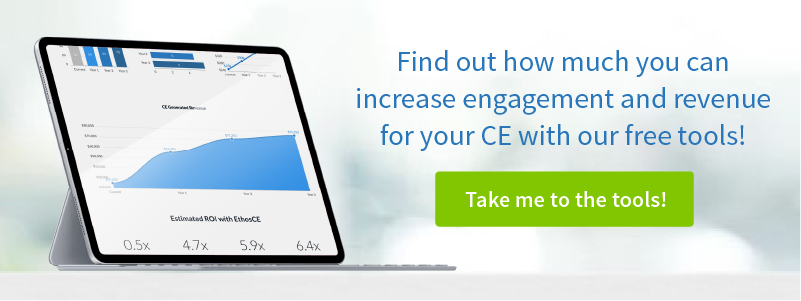To Open Source or Not To Open Source…That is the Question
The recent expansion of open source Web and e-learning technologies to continuing medical education, pharmaceutical training, and consumer health will have a significant impact upon multiple aspects of our healthcare system. Prior to 2004, there was a blind allegiance to using big brand, proprietary technologies, such as Microsoft .NET and WebEx, to create online training initiatives. This approach was often expensive and offered little in the way of real innovation and measurable outcomes. In fact, educators didn’t think much about IT’s selections, programmers did not know much about e-learning best practices, and many seemed happy to post a static Website with a couple PDF or PowerPoint files, and stamp it “e-learning.”
Today, things are changing for the better. Best practices for content and technology are being published, outcomes measurement is being discussed, and recent Web innovations are changing the way people use the Web. Commonly referred to as Web 2.0, this phenomenon describes the read/write nature of people’s interactions with Websites and the peer-to-peer networking, communication, and content generation. As a result, there is a high demand for new software that is stable, inexpensive, and can be easily customized with new features. Many proprietary software companies have not been able to keep up with demand and the speed of the ever changing technology environment. Consequently, ehealth firms such as ours who have long embraced the open source movement are able fill that gap and provide academic medical centers, pharmaceutical and medical device firms, hospitals, and medical associations with robust Web communication and training platforms at a fraction of the cost and production time of proprieatary vendors.
All though there are many open source applications, we continue to be very enthusiastic about our experience with two open source platforms that we believe are “game changers” in health communications:
- Drupal: A robust content management system equipped with powerful features, such as: peer-to-peer networking, content personalization, role-based publishing, blogs, discussion forums, multimedia support, news syndication and much more. Drupal has an enormous community of contributing software developers, which have contributed over 4,000 additional modules/features freely available online.
- Moodle: Largely considered the best on the market, this full-featured learning management system is perfect for continuing medical education and pharmaceutical salestraining. The software can be fully customized to integrate with membership databases, manage registrations, administer courses, assessments, and certificates, and conduct outcomes reporting all from a Web interface. The system support all types of courseware, including SCORM and video, and is 508-compliant.
Key advantages of open source software:
- Freedom: You have the source code and, therefore, you have he freedom to customize that application to function as exactly how you would like.
- No Licensing Fees: While there are software development costs associated configuration and hosting, there are no licensing fees like you see when you purchase Windows Vista or Microsoft Office.
- Collective Wisdom: Most well-established open source platforms, such as Moodle and Drupal, have hundreds or thousands of programmers who contribute code to improve the functionality, address security, and provide support. It is one of the most exciting aspects about the open source movement.
- Mash-Ups: Given that the source code is freely available, you combine one application with another to develop a completely new feature set and/or application.
- Decreased production cycle: You have the source code, the documentation, and access to a community of fellow developers. Combine that with an intuitive user experience, clean design, and sound planning/customization/testing, and you will quickly see a return on your investment.
- Too many more to list…
 We're now part of the Cadmium product suite! Learn more
We're now part of the Cadmium product suite! Learn more 

